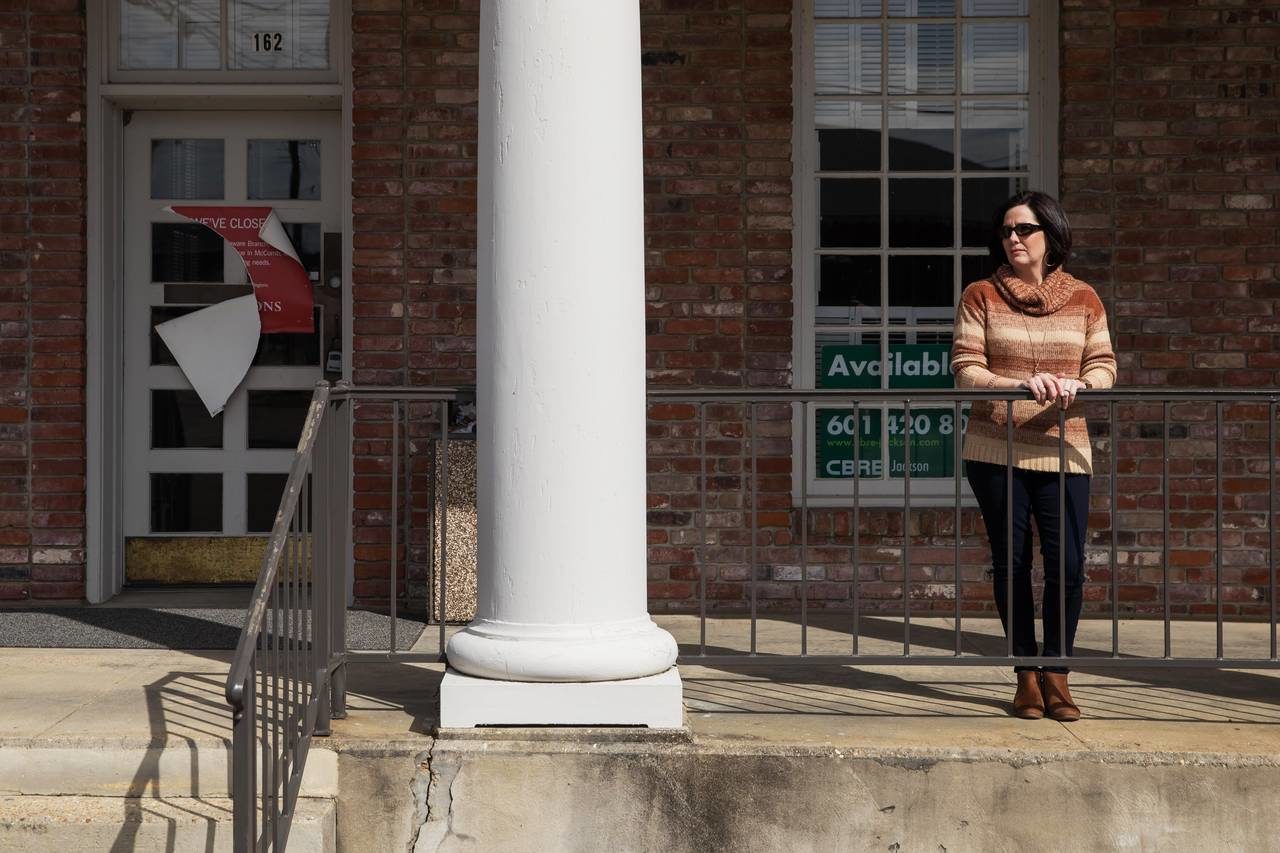
The number of branches in the U.S. shrank by more than 1,700 in the 12 months ended in June 2017, the biggest decline on record, according to a Wall Street Journal analysis of federal data.
Branch numbers fell again in the second half of 2017, according to related data submitted to bank regulators and reviewed by the Journal. That would add to the thousands of locations closed following the financial crisis, and is the longest stretch of closures since the Great Depression.
Many of the closings were in big cities and surrounding suburbs, where branches were consolidated largely because of falling foot traffic. Others were in rural areas, where some large regional lenders are leaving town altogether.
While banks battered during the financial crisis such as Citigroup Inc.and Bank of America Corp. BAC 0.16% started cutting branches years ago, regional banks have only accelerated their closures more recently. From mid-2012 to mid-2017, Capital One Financial Corp. cut 32% of its branches, SunTrust Banks Inc. 22% and Regions FinancialCorp. 12%. For all three, the sharpest cuts came in the most recent 12-month period.
Banks say they carefully consider which branches to close, examining deposit levels at each branch and commute time to the nearest location. "We continue to evolve and optimize our branch network to ensure that we're operating as efficiently and effectively as possible," a Capital One spokeswoman said.
For decades, banks needed to add new locations to grow, pushing the number of U.S. branches to a peak in 2009. But in the aftermath of the financial crisis, some started closing branches to save money-and then kept closing them to contend with low interest rates and higher regulatory costs.
Along the way, lenders realized they could maintain their deposit levels with fewer locations in a digital world where customers often prefer banks' mobile apps and ATMs.
The shift in strategy is helping some banks reach profit records.
For instance, Bank of America's adjusted earnings in 2017 matched its highest annual profit ever. The bank closed or sold more than 1,500 branches since 2009, including the vast majority of its rural branches. The closures have helped the bank save on occupancy and employee costs, bringing down overall expenses. The lower expense levels have bolstered bank profit.



Reader Comments
Another problem traditional banks suffer from is that they hold on to legacy computer systems and technology that is no longer competitive. A trending I detected more than 12 years ago. A sign that explains the decline of decades old systems (Mainframe, HOST, Cobol). A shift in tendencies already seen in IBM, as line of business is fading away. Cannot compete with new cheaper systems running Linux in cloud farms. In order for banks to adapt to technology and switch to the present, major changes are needed. Too big to imagine (I was a computer engineer in that sector). Which means uncertainty on how they will try to handle the change. If they do not reinvent, customers can switch to another bank faster than evener. May be creating a domino effect as cash flows triggers panic and a major crisis could be on the way. With technology today, as news updates are received on the phone. One event can trigger thousands of customers moving their money away from the bank with their smartphones. No need to go branches (offices). At least 50% of transactions are already being processed online.